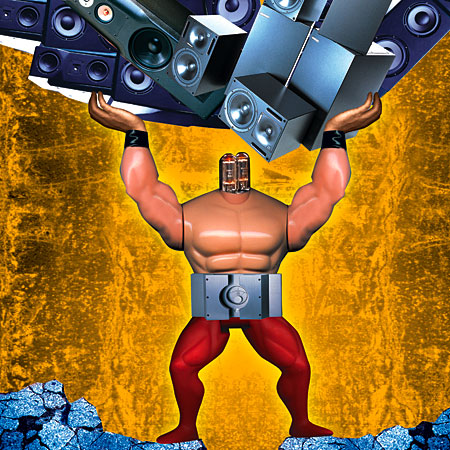This topic is also of interest to me as I attempt to find a power amp to drive some vintage stand-mount speakers that go down to 3Ohms at 150Hz. Is it as simple, for modern amps, as follows:
1. If the speaker has a benign impedance curve the relevant amplifier criteria are just the power required to meet SPL requirements and distortion
2. Alternatively, if the speaker presents a difficult impedance curve (e.g., very low impedance or high phase angles) then the ability of the amplifier to deliver the required current at low impedances is also a criteria
1. If the speaker has a benign impedance curve the relevant amplifier criteria are just the power required to meet SPL requirements and distortion
2. Alternatively, if the speaker presents a difficult impedance curve (e.g., very low impedance or high phase angles) then the ability of the amplifier to deliver the required current at low impedances is also a criteria


